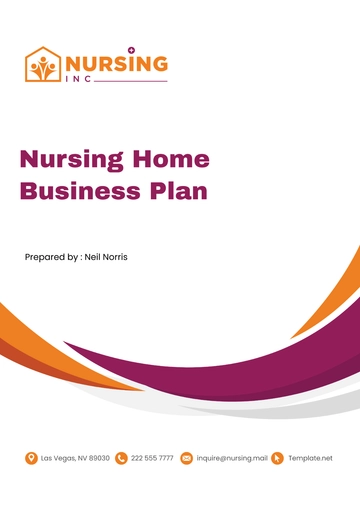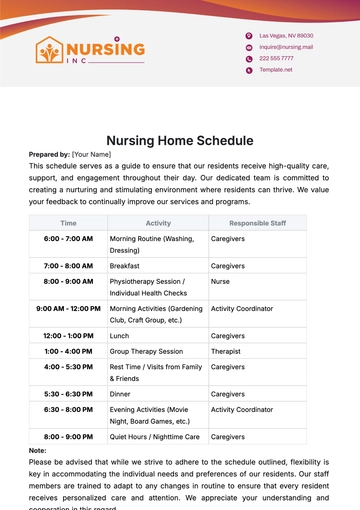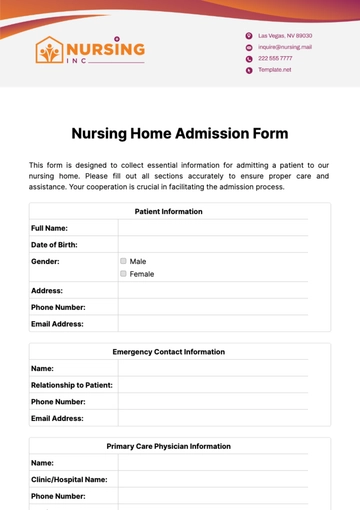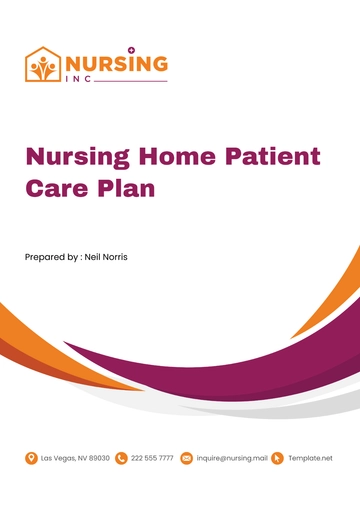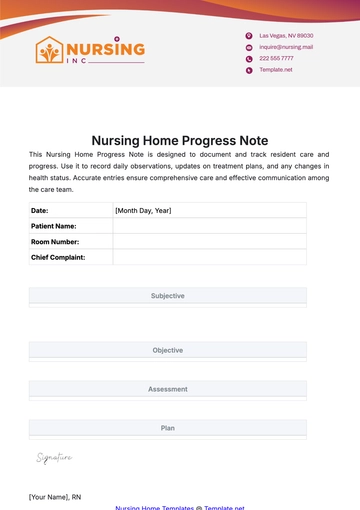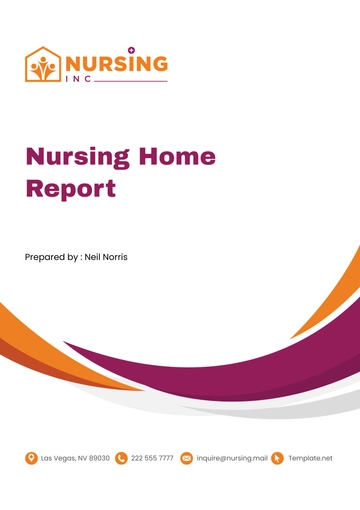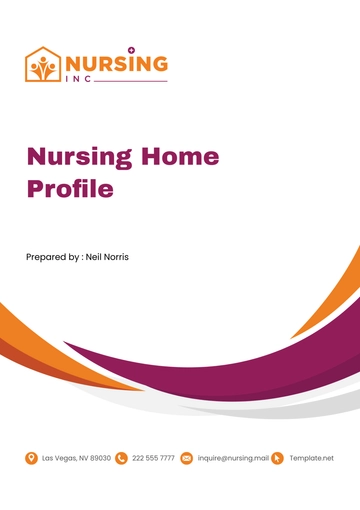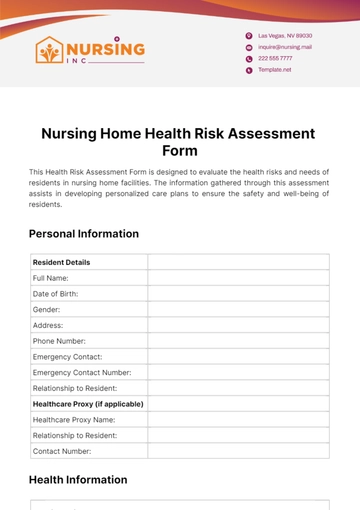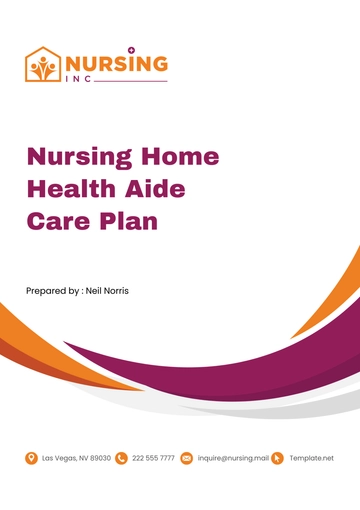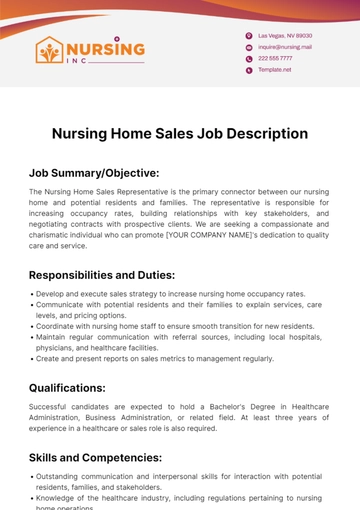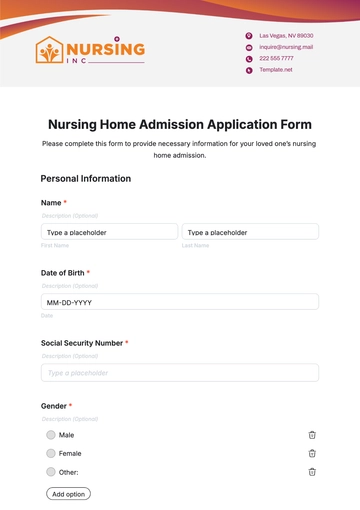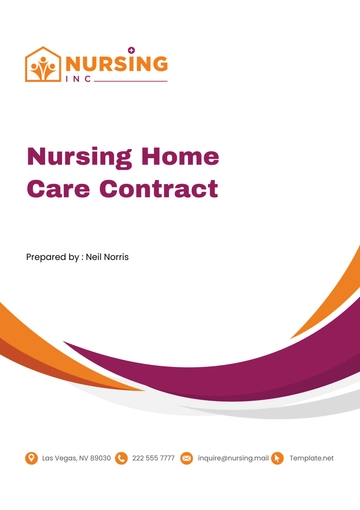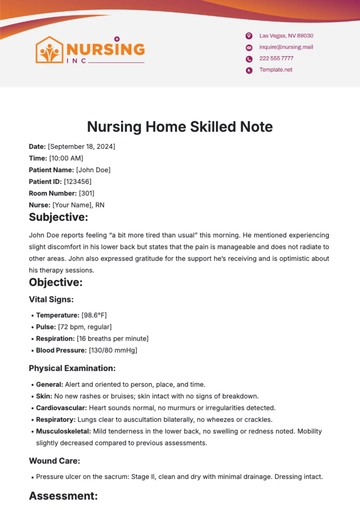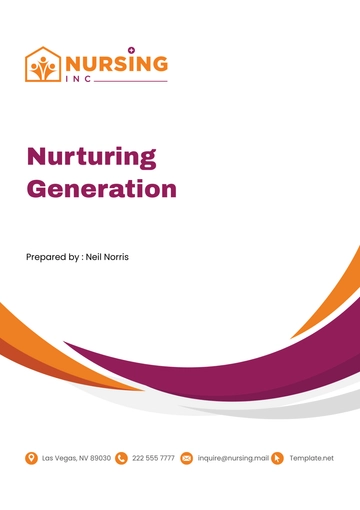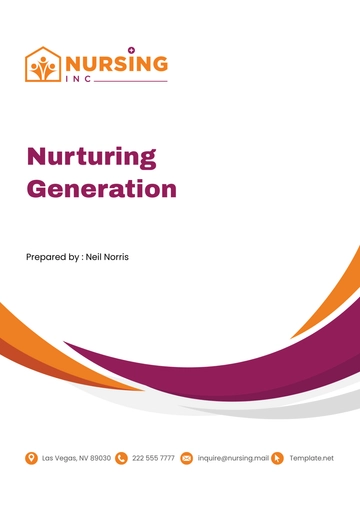Free Nursing Case Study
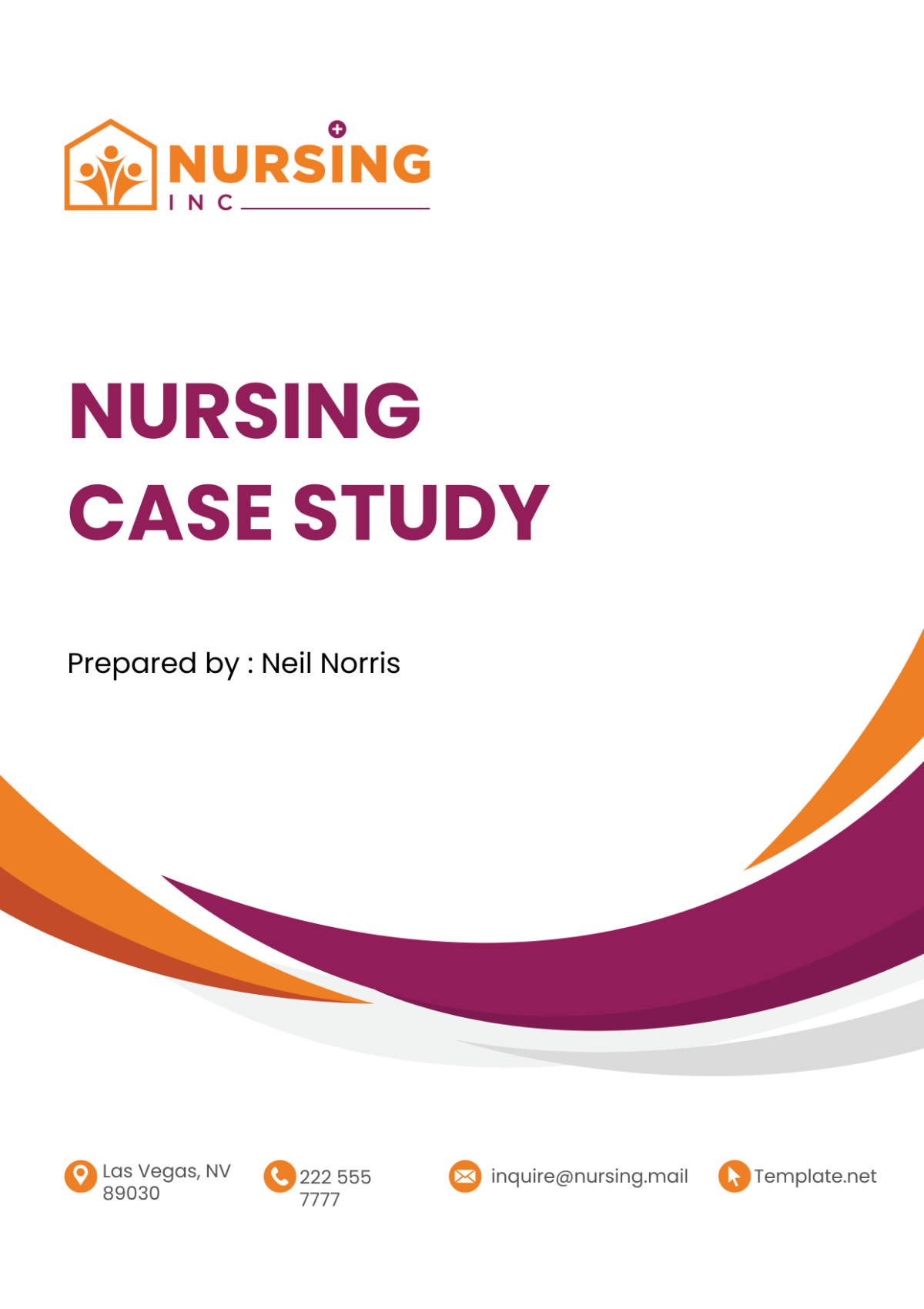
This case study was conducted by [Your Name]. This document is part of a series of professional case studies within the healthcare sector prepared under the organization, [Your Company Name].
The purpose of this case study is to provide a detailed account and analysis of the nursing care provided to a patient, highlighting the methodologies, challenges encountered, and the solutions applied.
This case study aims to embody and enhance the unique identity of [Your Company Name] by demonstrating expertise and commitment in addressing complex nursing challenges.
I. Introduction
The following case study details the nursing care provided to a patient diagnosed with Chronic Obstructive Pulmonary Disease (COPD). This section introduces the patient, their background, and the specific healthcare setting of [Your Company Name].
The case study highlights the initial condition of the patient, the nursing needs identified, and the goals set to improve the patient's health status.
The patient, referred to here as Mr. Drake Feeney, was admitted on March 1, 2050, exhibiting symptoms of shortness of breath, chronic cough, and fatigue.
The medical team, led by Dr. Neil Norris, diagnosed the patient with Chronic Obstructive Pulmonary Disease (COPD), necessitating immediate and continuous nursing care.
II. Patient Assessment
Upon admission, a comprehensive assessment was conducted by the primary nurse, Nurse Jerrell Lowe.
This initial assessment included a full review of the patient’s medical history, physical examination findings, and psychological status, as summarized in the table below:
Medical History | Physical Exam | Psychological Assessment |
|---|---|---|
|
|
|
This detailed assessment provided the necessary baseline to tailor a nursing care plan aimed at addressing the specific needs of Mr. Drake Feeney.
The assessment revealed several areas requiring immediate intervention, including pain management, mobility issues, and nutritional support.
III. Nursing Care Plan
The nursing care plan was developed in collaboration with the broader medical team, including specialists in Pulmonology and Physical Therapy.
The primary objectives of the care plan were to manage the patient's pain, enhance mobility, and improve nutritional status, all crucial for the patient’s recovery process.
Key components of the nursing care plan included:
Pain management protocols utilizing medication and non-pharmacological methods
Daily physical therapy sessions to improve mobility and strength
Nutritional interventions including dietary adjustments and supplementation
IV. Intervention and Outcomes
Over the course of the treatment from March 1, 2050 to March 15, 2050, various interventions were deployed as part of the nursing care plan. These interventions were closely monitored for efficacy and adjusted as needed, ensuring an adaptive response to the evolving needs of the patient.
The outcomes of these interventions were carefully recorded, demonstrating significant improvements in pain levels, mobility, and overall nutritional status.
The success of the nursing interventions is detailed in the following section, using both qualitative observations and quantitative data to provide a comprehensive overview of patient progress.
V. Discussion
This section discusses the challenges encountered during the implementation of the nursing care plan, the effectiveness of the interventions applied, and the lessons learned throughout the care process.
It is crucial to analyze these elements to understand better what contributed to the success of the nursing outcomes and what could be improved in future patient care scenarios.
Furthermore, this analysis includes comparisons to current best practices in nursing within the field of Pulmonary Nursing and considers feedback from the patient and their family regarding the care provided.
VI. Conclusion
The nursing case study of Mr. Drake Feeney provides valuable insights into the complexity of providing high-quality healthcare tailored to individual patient needs.
The success of the nursing interventions implemented demonstrates [Your Company Name]'s commitment to excellence in healthcare and its capacity to adapt and respond effectively to the unique challenges presented by each patient.
This case study not only highlights the skills and dedication of the nursing staff at [Your Company Name] but also serves as a foundational document to improve and adapt future nursing care practices.
- 100% Customizable, free editor
- Access 1 Million+ Templates, photo’s & graphics
- Download or share as a template
- Click and replace photos, graphics, text, backgrounds
- Resize, crop, AI write & more
- Access advanced editor
Our Nursing Case Study Template is crucial for creating detailed case studies in nursing. This customizable document covers patient background, assessment, nursing interventions, outcomes, and reflections. Downloadable and printable, it showcases effective nursing practices. Edit it in our AI Editor Tool to fit your needs and enhance your case study efforts.

